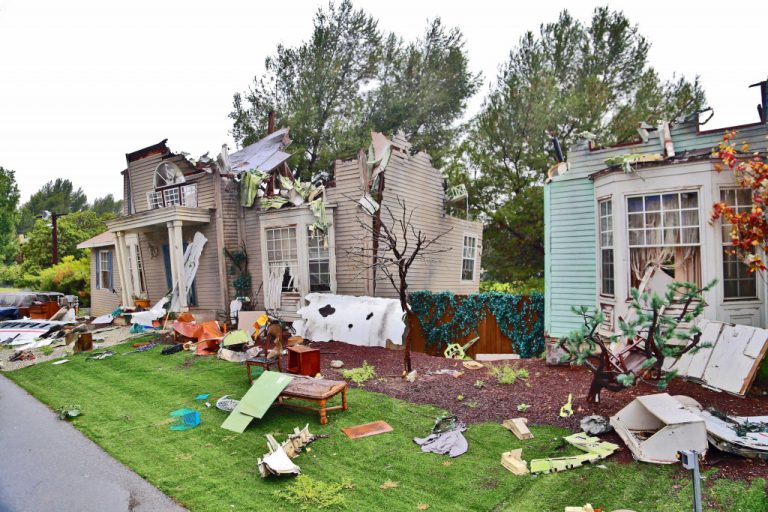We all know that the weather can be unpredictable. And if you live in an area where there is a lot of rain, snow, or heat, then it’s even more important to take precautions. The last thing you want is for your home to sustain damage from water or extreme temperatures. Here are 10 ways to protect your home from weather damage.
1. Inspect your roof regularly.
Regular roof inspections are one of the easiest ways to protect your home from weather damage. Make sure to check for missing or damaged shingles, and have any repairs done as soon as possible. Try to schedule inspections at least twice a year. Call a professional if you notice any serious damage.
2. Install gutter guards.
Gutters are essential for draining water away from your home, but they can also be a major source of water damage if not cleaned regularly. Installing gutter guards can help keep them clear and free of debris. Leaves and other organic matter can clog gutters and cause water to back up, eventually overflowing and damaging your home.
3. Install a canopy or awning.
A canopy or awning can offer your home more protection from the sun and rain. They can also keep your home cooler in the summer months. If you live in an area with a lot of snow, consider installing a canopy or awning over your front door to prevent water from entering your home. You can use corrugated plastic sheets or tarpaulin in this task.
4. Trim your trees and bushes.
Trees and bushes can be a major source of water damage if not trimmed regularly. Overhanging branches can block gutters and cause water to back up, eventually damaging your home. During harsh weather, falling large branches can also do major damage to your home. Trim any overhanging branches and keep bushes and trees well-groomed to prevent weather damage.
5. Inspect your windows and doors.
Make sure that your windows and doors are properly sealed and insulated. If they are not, they can let in water or cold air, which can damage your home. Inspect your windows and doors regularly. If you notice any cracks or gaps, seal them with caulk or weather-stripping. Have any repairs done as soon as possible.

6. Install a storm door.
A storm door can also provide extra protection for your home. These are installed over your regular door and help to keep out water, wind, and debris. Storm doors are especially important if you live in an area with a lot of severe weather. It can help keep out water, wind, and debris during a storm.
7. Check your foundation.
The foundation is one of the most important parts of your home. It is also one of the most susceptible to weather damage. Make sure to check your foundation regularly for any signs of cracking or settling. Water can easily enter your home through cracks in the foundation. If you notice any problems, have the repairs done as soon as possible to prevent further damage.
8. Inspect your siding.
Siding can also be a major source of water damage if not properly maintained. Make sure to check for any damage, such as peeling or cracking. Damaged siding can allow water to enter your home, which can lead to costly repairs.
9. Install weatherstripping.
Weatherstripping is another easy way to prevent water and cold air from entering your home. It is installed around door and window frames and helps to create a seal that keeps out water and cold air. You can purchase weatherstripping at most hardware stores.
10. Check your HVAC system.
Your HVAC system plays a major role in protecting your home from weather damage. Make sure to check it regularly for any signs of problems. If the system is not working properly, it can allow water or cold air to enter your home. Call your HVAC contractor if you notice any problems.
11. Invest in a sump pump.
If you live in an area that is prone to flooding, consider investing in a sump pump. A sump pump is a device that pumps water out of your basement or crawlspace. It can help prevent significant flooding in your home, saving you from expensive repair costs.
12. Have a home inspection.
Lastly, a home inspection can help identify any potential weather damage before it becomes a bigger problem. A home inspector will check your roof, windows, doors, foundation, and other parts of your home for any damage. They can also give you recommendations on how to prevent weather damage. Home inspections are especially important if you live in an area with severe weather conditions.
If you want to ensure your home is not damaged by the elements, there are some simple things you can do. You can check your windows and doors, install a storm door, check your foundation, and inspect your siding. You can also install weatherstripping and invest in a sump pump. Having a home inspection can also help identify any potential weather damage. By taking these simple steps, you can protect your home from the elements.
